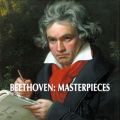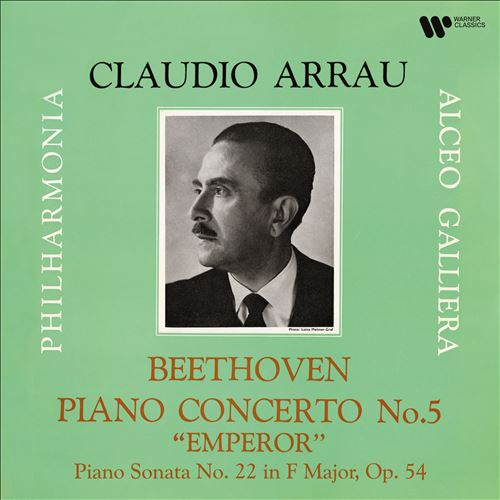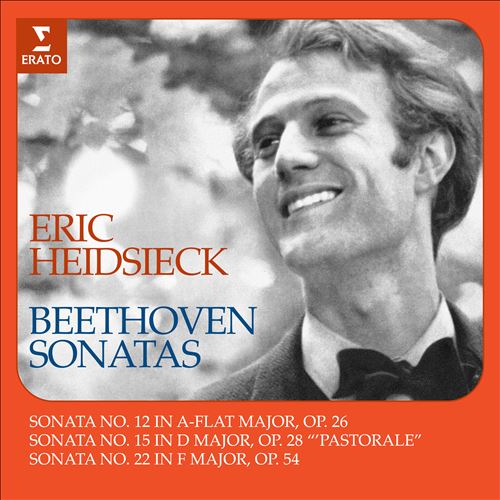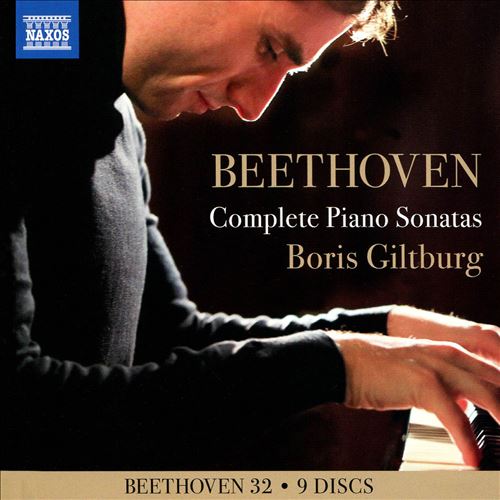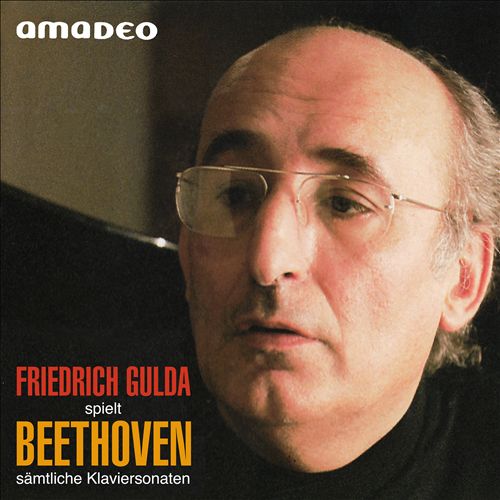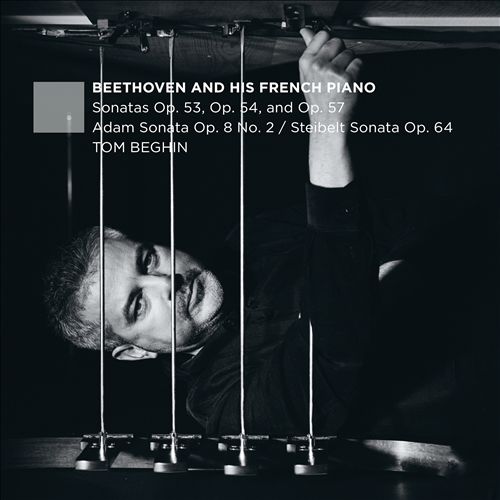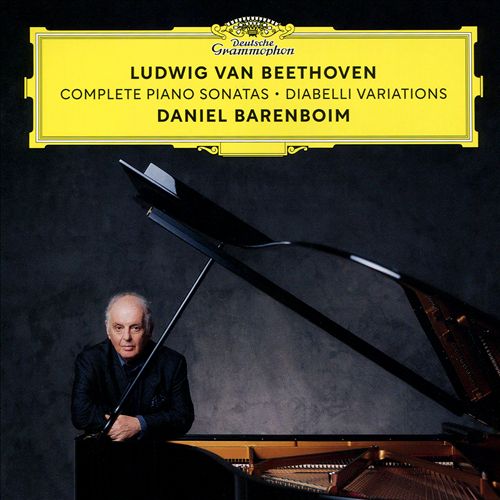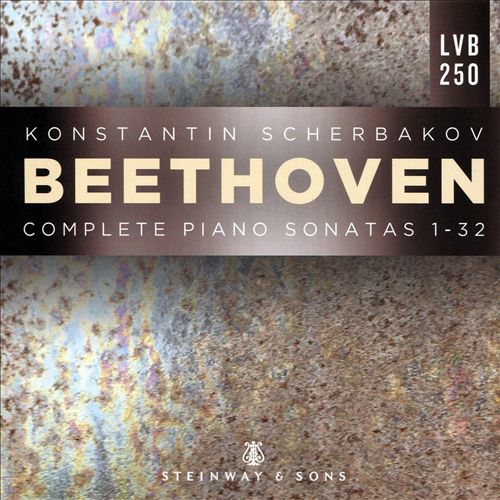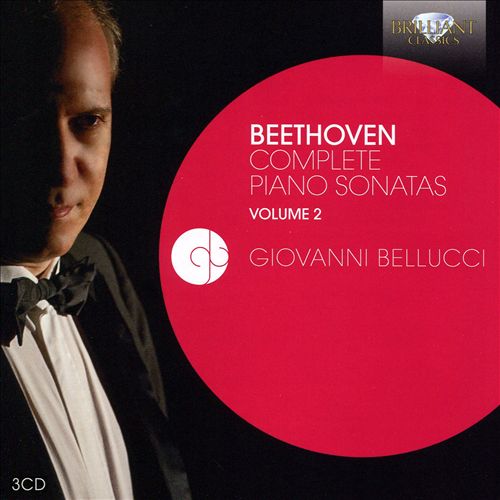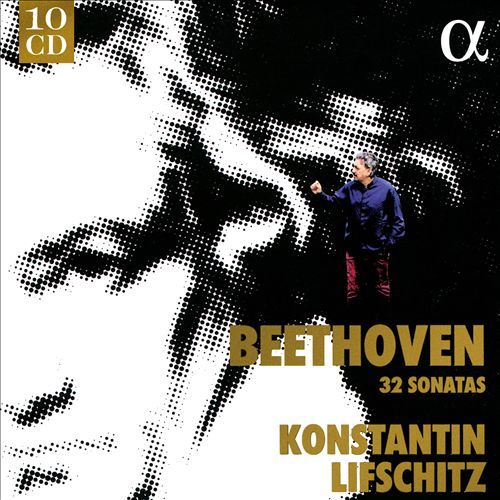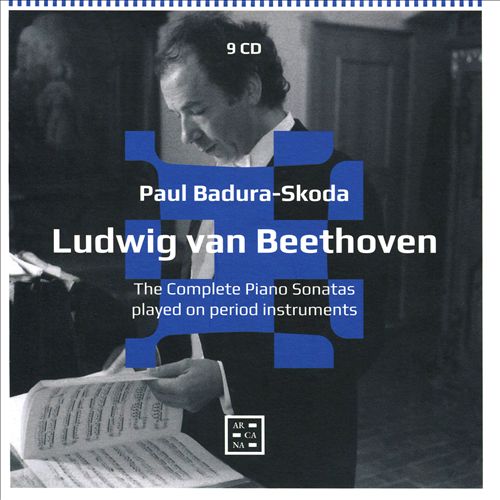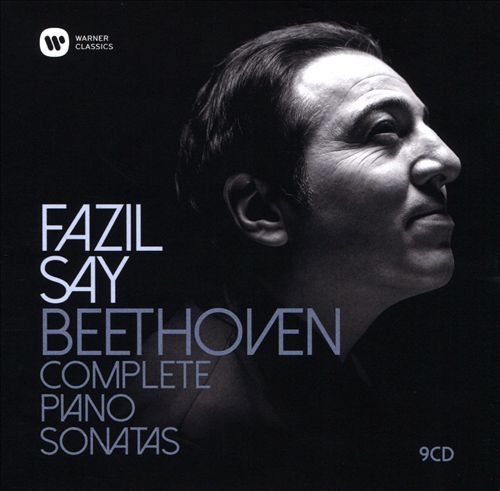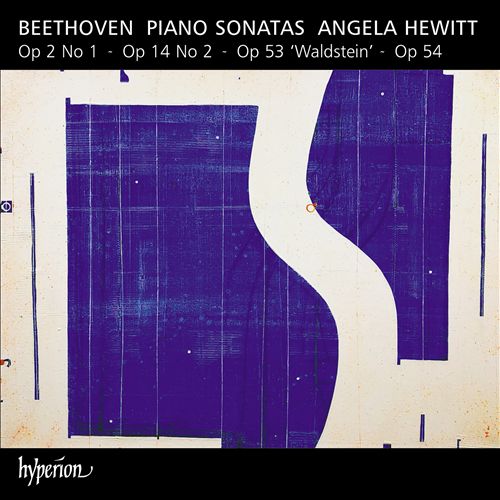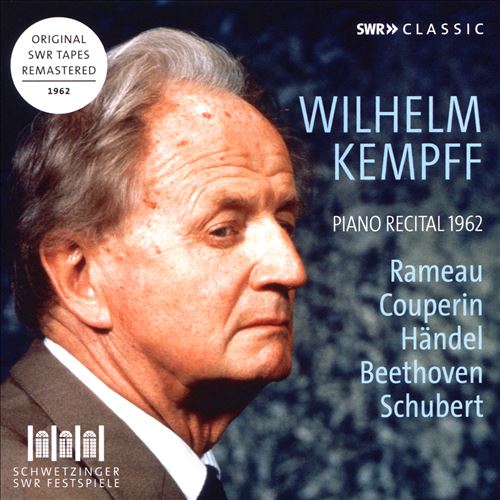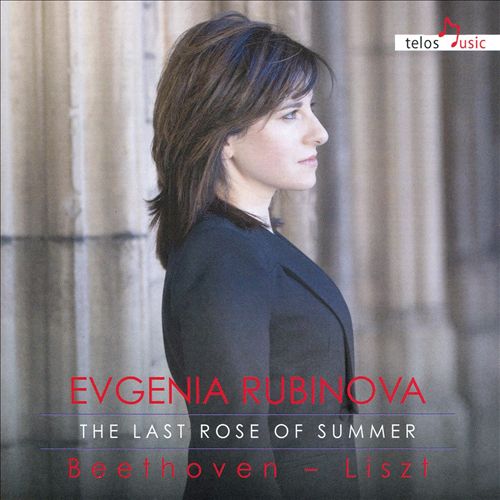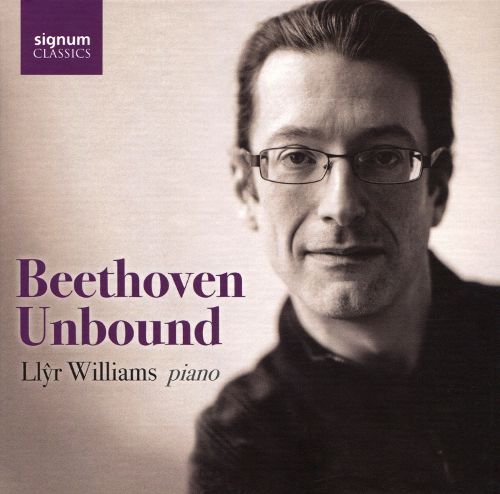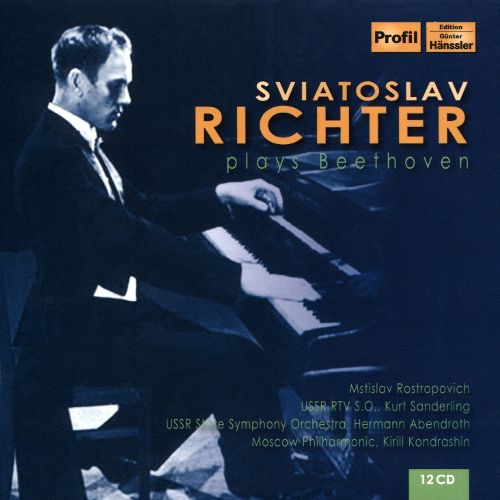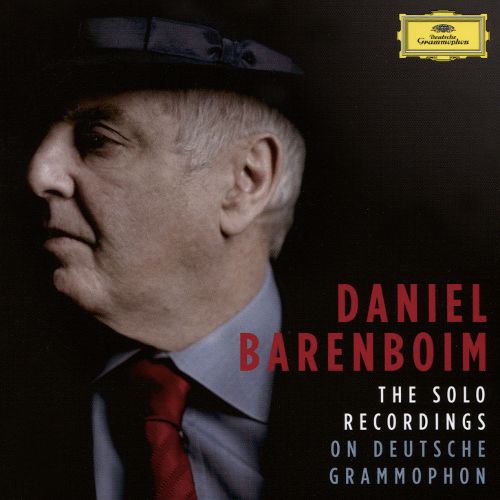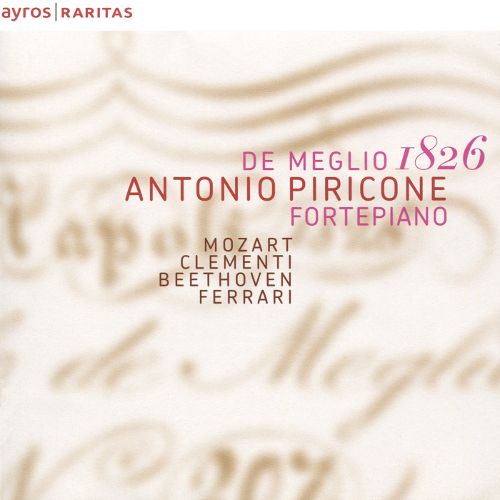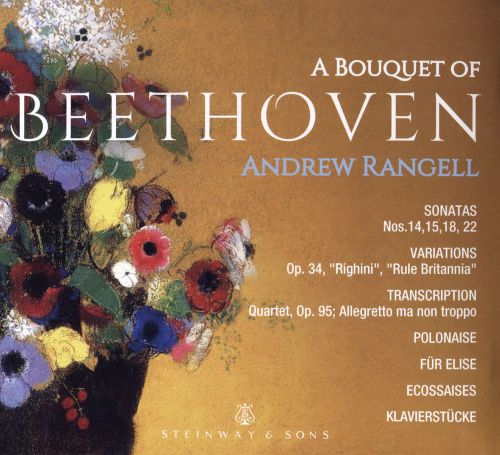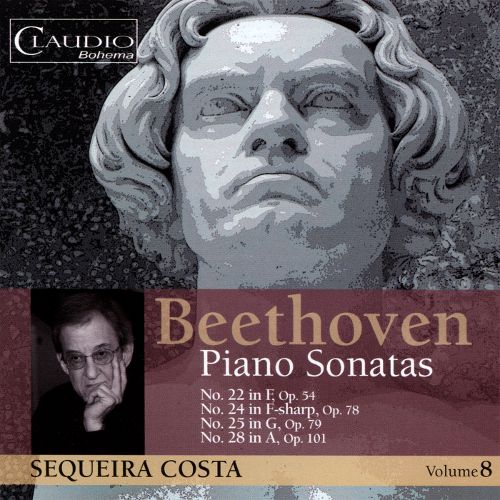Ludwig van Beethoven (루트비히 판 베토벤)
Piano Sonata No. 22 in F major, Op. 54
100
10,000
1,400
WORK INFO
작곡가: Ludwig van Beethoven (루트비히 판 베토벤)작곡년도: 1804평균연주: 11:22악장1In tempo d'un menuetto5:352Allegretto5:47Ludwig van Beethoven's Piano Sonata No. 22 in F major, Op. 54, was written in 1804. It is contemporary to the first sketches of the Symphony No. 5 in C Minor. It is one of Beethoven's lesser known sonatas, overshadowed by its widely known neighbours, the Waldstein and the Appassionata.The Sonata is remarkable in its concision, a precursor in some ways to the Sonata in E Major, Opus 109. The two movements present opposite faces on many levels:
- In tempo d'un menuetto: A Minuet in 3/4 time, with a modulating Trio. Anton Kuerti refers to this piece as a parody of uncreative composers. The melody commences, but grinds to a halt, and after doing this again, it decides to suddenly end the phrase in an attempted friendly way, which is anything but friendly, and nothing but awkward. This piece gradually redeems itself (but not much) when it garners variations for its main theme. This first movement is in ABABA form where A and B are strongly contrasted themes. Theme A is of minuet dance type that one might find in Haydn. In contrast, theme B is a succession of triplets played by both hands staccato or legato; the triplets are in octaves or 6ths and with a dialogue between the left and right hands and with many sforzandi to interrupt the meter. The two contrasted themes A and B are partly reconciled in the last few bars of the movement with a repeated diminished 7th chord which begins in triplets (B rhythm) and changes to duplets (A rhythm).
- Allegretto - Più allegro: A fast sonata form movement in 2/4 time with a single theme. "If the first movement was constipated, then the second movement suffers from the opposite ailment." (Anton Kuerti) This is shown in the piece, as the main melody has a non-stop continuous, sixteenth-note pattern that does not stop for even a second in this piece. The piece gradually gets more and more agitated in the coda, keeping a forward motion, unwilling to close.
Donald Tovey writes:
- In tempo: the first movement is relaxed, the second, agitated.
- In meter: the first movement is in triple time, the second, double.
- In rhetoric: the first movement is improvisatory and wandering in its unfolding, the second is a relentless moto perpetuo.
- In thematic material: the first movement develops two distinct themes, the second develops one thematic idea.
- In harmonic development: the first movement follows a classic Tonic-Dominant schema, the second includes abrupt harmonic shifts.
[T]he whole work is profoundly humorous, with a humour that lies with the composer rather than with the childlike character portrayed by the music. No biographical details are known as to whether Beethoven thought of any person or household divinity in connection with this sonata; but its material is childlike, or even dog-like, and those who best understand children and dogs have the best chance of enjoying an adequate reading of this music; laughing with, but not at its animal spirits; following in strenuous earnest its indefatigable pursuit of its game whether that be its own tail or something more remote and elusive; and worthily requiting the wistful affection that is shown so insistently in the first movement and even in one long backward glance during the perpetuum mobile of the finale.References
- ^ L. van Beethoven, Edited by H. Craxton, Annotated by D.F. Tovey. Complete Pianoforte Sonatas Vol. II. London: Associated Board of the Royal Schools of Music. p. 232.
From WIKIPEDIA
RELEASED ALBUMS
-
Beethoven: MasterpiecesApril 21, 2025
-
Beethoven: Piano Sonatas - Heroic to HammerklavierApril 11, 2025
-
Beethoven: 12 Piano Sonatas; Piano ConcertosMarch 14, 2025
-
Beethoven: Piano Concerto No. 5 "Emperor"; Piano Sonata No. 22 in F major, Op. 54January 13, 2023
-
Beethoven: Sonata No. 12 Op. 26; Sonata No. 15, Op. 28 "Pastorale"; Sonata No. 22, Op. 54March 18, 2022
-
Beethoven: Complete Piano Sonatas Live from Salzburg FestivalOctober 8, 2021
-
Beethoven: Complete Piano SonatasSeptember 24, 2021
-
Beethoven: Complete Piano SonatasSeptember 17, 2021
-
Beethoven: Complete Piano Sonatas & ConcertosAugust 20, 2021
-
Friedrich Gulda speilt Beethoven sämtliche KlaviersonatenJuly 23, 2021
-
Beethoven and His French Piano: Soantas Op. 53, Op. 54, and Op. 57; Adam: Sonata Op. 8 No. 2; Steibelt: Sonata Op. 64January 1, 2021
-
Ludwig van Beethoven: Complete Piano Sonatas; Diabelli VariationsDecember 25, 2020
-
Beethoven: Complete Piano Sonatas 1-32October 2, 2020
-
Beethoven: Complete Piano Sonatas, Vol. 2September 18, 2020
-
Beethoven: The Complete Piano SonatasMarch 20, 2020
-
Beethoven: 32 SonatasFebruary 14, 2020
-
Ludwig van Beethoven: The Complete Piano Sonatas played on Period InstrumentsFebruary 7, 2020
-
Beethoven: Complete Piano SonatasJanuary 31, 2020
-
Beethoven: Piano Sonatas Nos. 19, 20, 21, "Waldstein", & 22January 27, 2020
-
Beethoven: The Complete Works [Warner Classics]December 13, 2019
-
Beethoven: Piano Sonatas Op. 2 No. 1, Op. 14 No. 2, Op. 53 'Waldstein', Op. 54May 31, 2019
-
Piano Recital 1962February 8, 2019
-
The Last Rose of Summer: Beethoven, LisztJanuary 18, 2019
-
Beethoven UnboundApril 6, 2018
-
Beethoven: Complete Piano SonatasFebruary 2, 2018
-
Sviatoslav Richter Plays BeethovenSeptember 1, 2017
-
The Solo Recordings on Deutsche GrammophonAugust 25, 2017
-
De Meglio 1826: Mozart, Clementi, Beethoven, FerrariAugust 18, 2017
-
A Bouquet of BeethovenAugust 18, 2017
-
Beethoven: Piano Sonatas, Vol. 8July 7, 2017
FEATURED MOVIES
-
 12:25베토벤: 피아노 소나타 22번 F장조 Op. 54
12:25베토벤: 피아노 소나타 22번 F장조 Op. 54 -
 12:46베토벤: 피아노 소나타 22번 F장조 Op. 54
12:46베토벤: 피아노 소나타 22번 F장조 Op. 54
ALBUM MUSIC
WORKS SHOUTS


